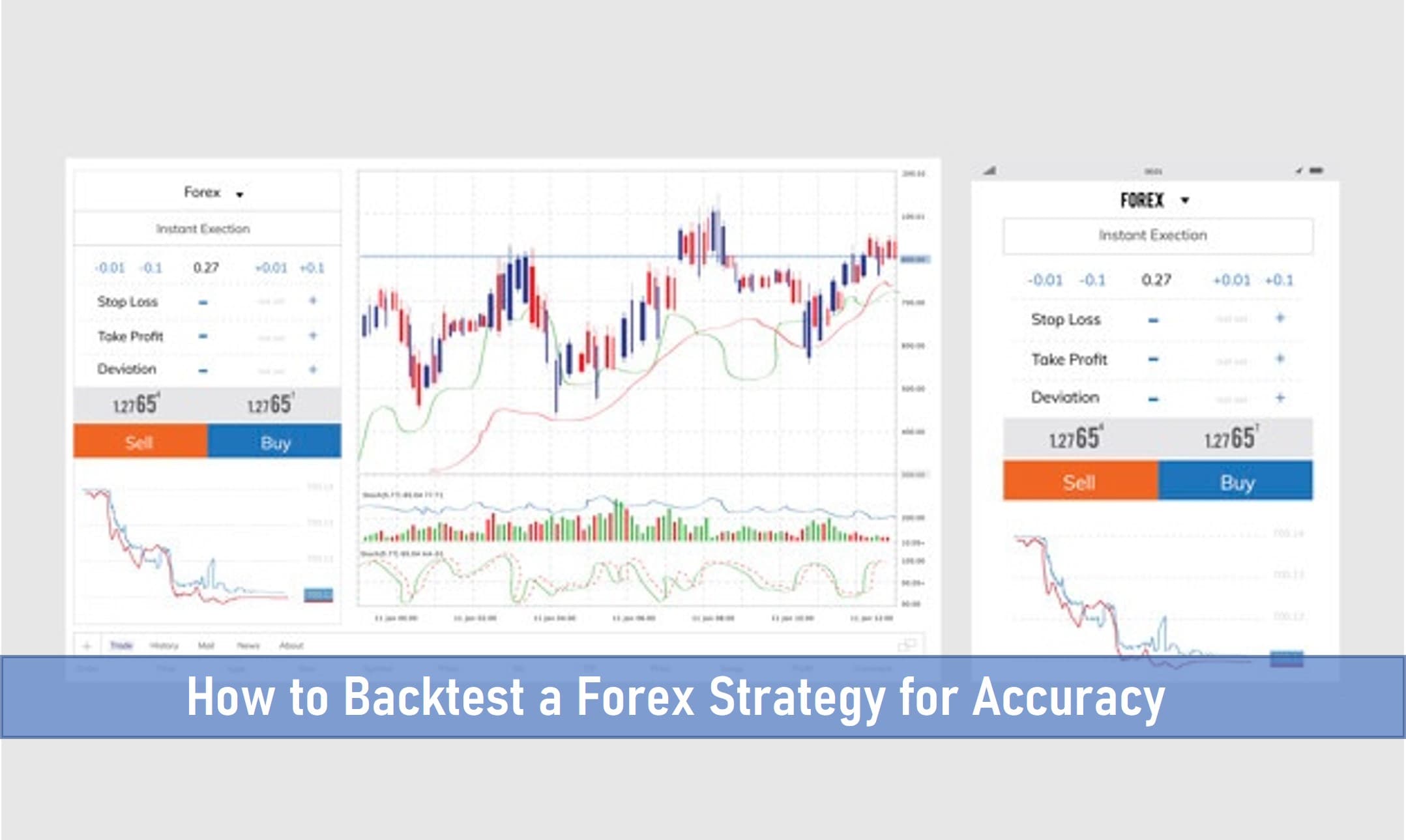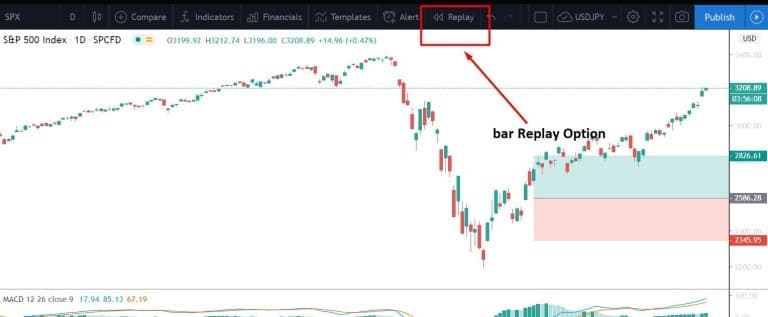
Trading without proper backtesting is like playing in a casino. You can win a few times, but you will suffer big losses in the long run.
Before jumping in with both feet, risking your capital, the most important thing is to refine your trading strategy.
Proper backtesting should provide relatively stable results under various market scenarios.
This guide will help you learn how to backtest a trading strategy, which backtesting method works best, how to assess your test results, and most importantly – when to consider yourself ready to go live and trade in full confidence.
What is Backtesting?
Backtesting is a method of analyzing the performance of your current trading strategy over a period of time in the past.
Backtesting a trading strategy helps you assess its behavior during post-factum market scenarios and determine where it stands out and where it fails.
This is an essential tool to help you validate a trading model a posteriori.
An example of backtesting is going back in time and checking out how your trading strategy would have performed at the height of the global financial crisis or the start of the COVID pandemic.
SEE ALSO: How to Backtest a Forex Strategy for Accuracy
SEE ALSO: The ABC of Forex Robots and How They Really Work
Backtesting aims to help generate results and assess risk and profitability without risking real capital. Think of it as swimming with a life jacket – you are in contact with the water but you cannot drown.
Backtesting is for traders who have trained like a professional or are receiving professional trading on this. They spend hours refining their technique before going to compete with others. In this way, they improve and gain confidence, based on extensive testing, data, and analysis.

How To Backtest A Trading Strategy
The principles of backtesting trading strategies are fundamentally similar, no matter what platform you use.
Step 1: Feed the Backtesting Algorithm
First, you need to feed the backtesting algorithm with carefully sourced historical data. When testing a trading strategy on historical data, you should specify a concrete period for your training set (for example, the EUR/USD currency pair for a period 2020 – 2021).
SEE ALSO: 7 Best Currency Pairs to Trade for Beginners
Then you need another dataset for another period. The reason for testing a strategy over different time periods is to validate its reliability and to mitigate the role of “chance” in the whole process.
Step 2: Set Parameters
Next, you need to set some parameters, depending on the complexity of your backtesting model.
This can be the initial capital, the capital at risk (%), the size of the portfolio, the commission fees, the average spread between the bid and ask prices, and, most importantly, a benchmark index (usually the S&P 500).
You should also define the specific parameters of your trading strategy. These include instructions for sell stop and trailing stop orders, the level of profit-taking, when to close a position, the type of preferred positions, etc.
Step 3: Run Backtest on Test Data Set
Then you run the backtest on your test data sets. All the information mentioned above will be used to simulate transactions over a given period.
After completing the backtest, you should rerun the process (at least twice) on another dataset. This will allow you to make sure that you have eliminated any potential bias and the role of the “random” factor.
Most backtesting software also supports automatic strategy optimization features. This feature is very convenient.
The computer can determine which inputs (or a combination of information) would have made your strategy work best. Ideally, it also gives you ideas on how to fine-tune your model.

How To Evaluate The Results?
After you have completed the backtesting, it is time to interpret the results and see how your strategy behaves over the observed period.
You should know that there is no golden rule for determining whether your trading strategy is good or bad.
For any analysis you do, you need to keep the necessary context in mind. This context includes but is not limited to, the other assets in your portfolio, the market environment, and the unique characteristics of the strategy.
SEE ALSO: Best Volatility Indicators You Should Consider in Forex
Some strategies, for example, are riskier when applied. Of course, they will lead to higher profits. Others are more conservative and will result in a smaller increase in the value of your portfolio at the end of the backtest.
The best way to assess the results of your strategy is to define your risk appetite and your profit target.
After running the backtest, check if the strategy is producing results in line with your goals. Also, be sure to add a benchmark (the S&P 500 is the most used). After running the backtest, you will see how your strategy performs in the market.
The backtesting methodology generates results for different measures. These include the net profit, and loss, total portfolio return over some time, risk-adjusted return, market exposure, volatility, etc.
In the end, the software will quantify the results of the backtest for each of the measurements. Depending on the software you are using, you might also be able to generate charts and view the result of the backtest.
SEE ALSO: Beginners Guide – 8 Day Trading Indicators for Currencies and Stocks
Final Thoughts
Ten years ago, backtesting was an exclusive right reserved for big players like hedge funds, investment banks, high-frequency trading companies, etc.
Today, thanks to technology, backtesting is accessible even to retail traders and small investors. These days, backtesting is no longer a luxury. It has become an indispensable necessity if you want to successfully navigate the financial markets.
Trading without proper backtesting at best is guesswork. The backtesting of a trading strategy is the trader’s duty.
Without a precise initial analysis and risk estimation, you go out into the wild unprepared, vulnerable, and ready to be exposed not only to the market but to other traders as well.
Remember that most of the traders you compete with today resort to backtesting. If you want to avoid losing ground and gain a competitive advantage, always do your homework.
SEE ALSO: 8 Best EA Forex Robot Advisors
Read More




